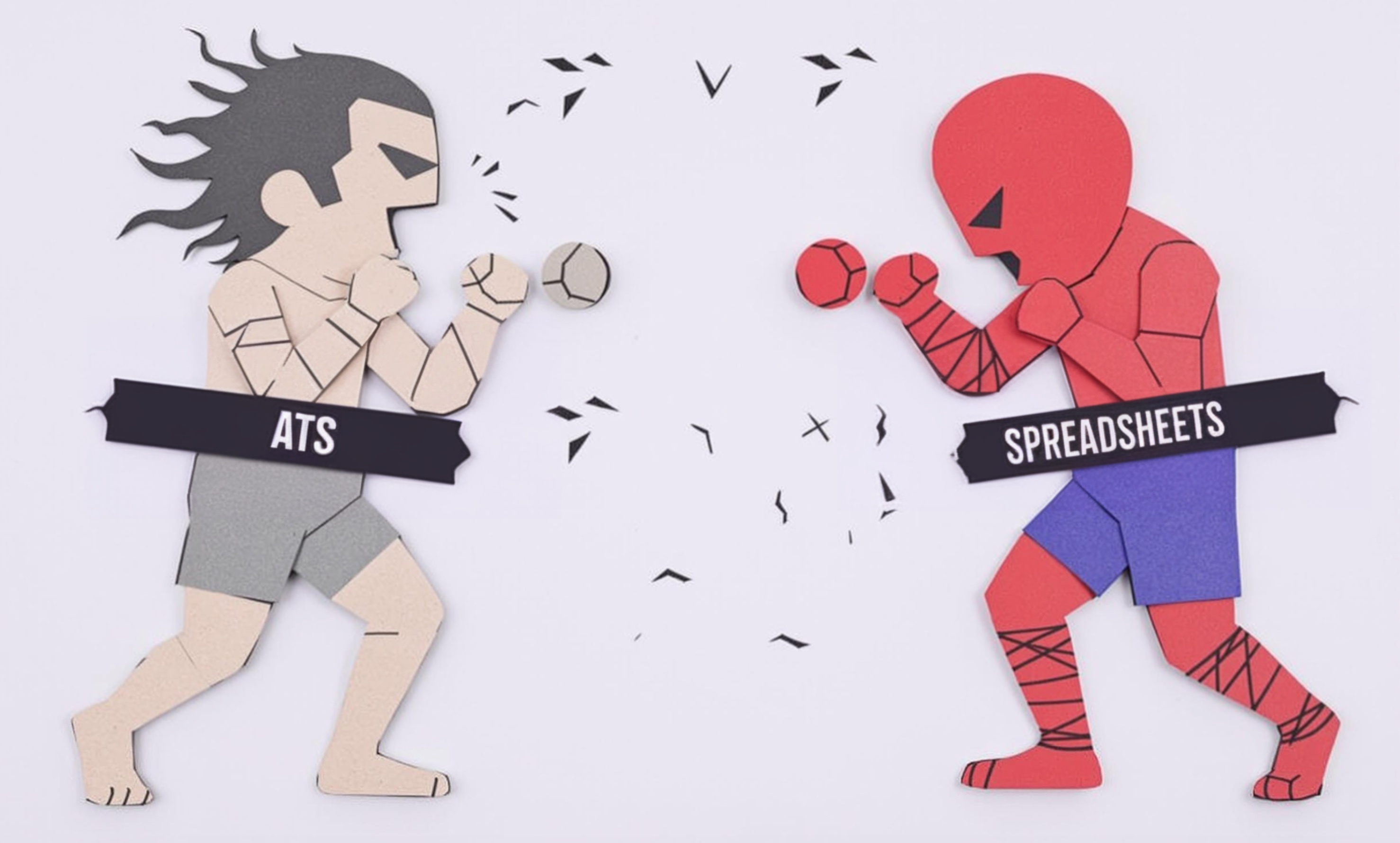
Trash Rack
A Trash Rack is a protective barrier installed at hydroelectric power plants to prevent debris, logs, and other floating materials from entering and damaging the power generation equipment. Think of it like a giant protective screen or filter that keeps unwanted materials out while letting water flow through. This equipment is crucial for maintaining the safety and efficiency of hydroelectric facilities. Other names for this structure include 'debris screen,' 'intake screen,' or 'water screen.' Understanding this term is important because it appears frequently in maintenance, engineering, and operations roles at hydropower facilities.
Examples in Resumes
Supervised daily inspection and cleaning of Trash Rack systems at three hydroelectric facilities
Implemented automated Trash Rack cleaning system that reduced maintenance time by 40%
Designed new Trash Rack and Debris Screen configurations for small-scale hydro projects
Led team responsible for Water Screen and Trash Rack maintenance during spring flood season
Typical job title: "Hydroelectric Plant Operators"
Also try searching for:
Where to Find Hydroelectric Plant Operators
Professional Organizations
Job Boards
Industry Networks
Example Interview Questions
Senior Level Questions
Q: How would you improve the efficiency of a trash rack cleaning system?
Expected Answer: A senior candidate should discuss automated cleaning systems, preventive maintenance schedules, debris monitoring techniques, and how to optimize cleaning cycles based on seasonal changes and weather patterns.
Q: What factors would you consider when designing a new trash rack system?
Expected Answer: Should mention water flow rates, types of debris common in the area, equipment protection requirements, maintenance accessibility, and cost-effectiveness of different designs.
Mid Level Questions
Q: How do you handle emergency situations involving blocked trash racks?
Expected Answer: Should describe safety procedures, emergency response protocols, methods for clearing major blockages, and coordination with other plant operations.
Q: What maintenance schedule would you recommend for trash rack systems?
Expected Answer: Should discuss regular inspection intervals, cleaning schedules, wear-and-tear monitoring, and seasonal maintenance adjustments.
Junior Level Questions
Q: What safety procedures are important when working with trash racks?
Expected Answer: Should demonstrate knowledge of basic safety protocols, proper use of safety equipment, and understanding of hazards associated with water-based operations.
Q: How do you identify when a trash rack needs cleaning?
Expected Answer: Should be able to explain basic monitoring techniques, visual inspection methods, and common signs of debris buildup.
Experience Level Indicators
Junior (0-2 years)
- Basic equipment monitoring
- Routine cleaning procedures
- Safety protocol compliance
- Basic maintenance tasks
Mid (2-5 years)
- Emergency response handling
- Maintenance scheduling
- Equipment troubleshooting
- Team coordination
Senior (5+ years)
- System design and improvement
- Project management
- Emergency protocol development
- Staff training and supervision
Red Flags to Watch For
- No understanding of basic water safety procedures
- Lack of mechanical maintenance experience
- Poor emergency response knowledge
- No experience with hydroelectric operations
Need more hiring wisdom? Check these out...

Workforce Solutions Aggregators: The Next Big Thing You Didn't Know You Needed

A Beginner's Guide to Implementing an Applicant Tracking System

From Panic Pacing to Productive Hiring: How to Truly Improve Recruiter Efficiency

